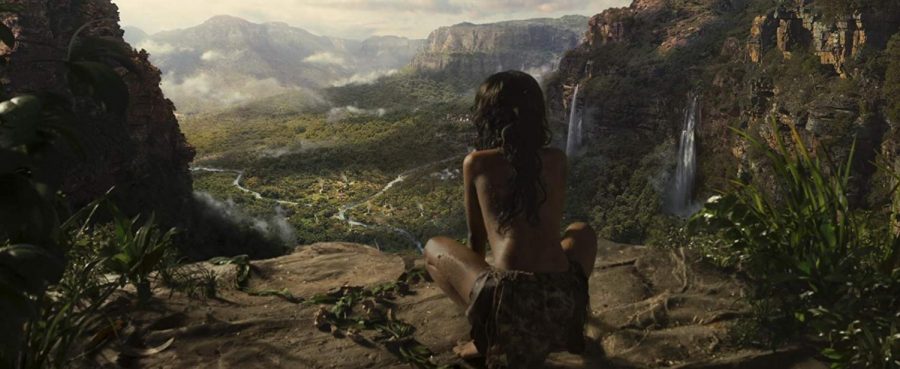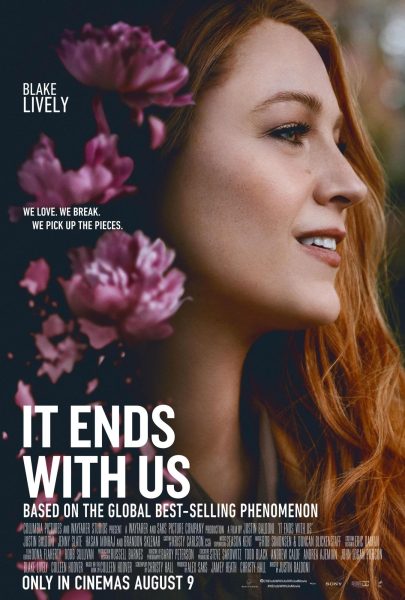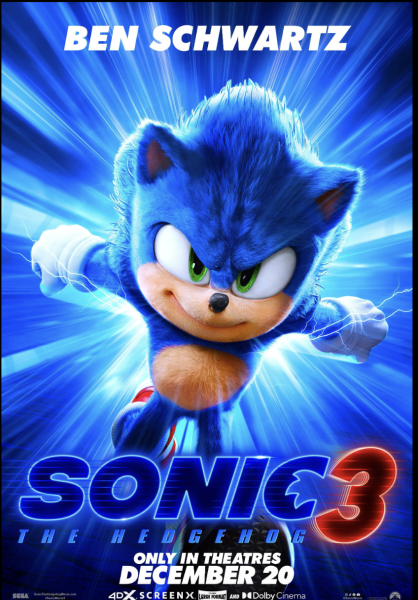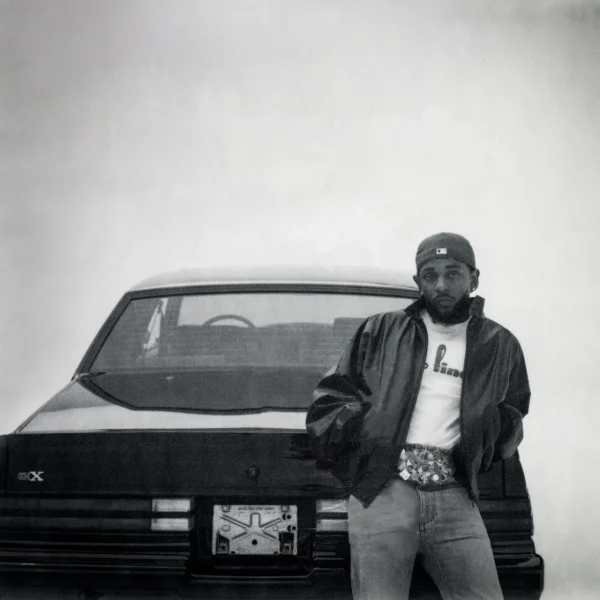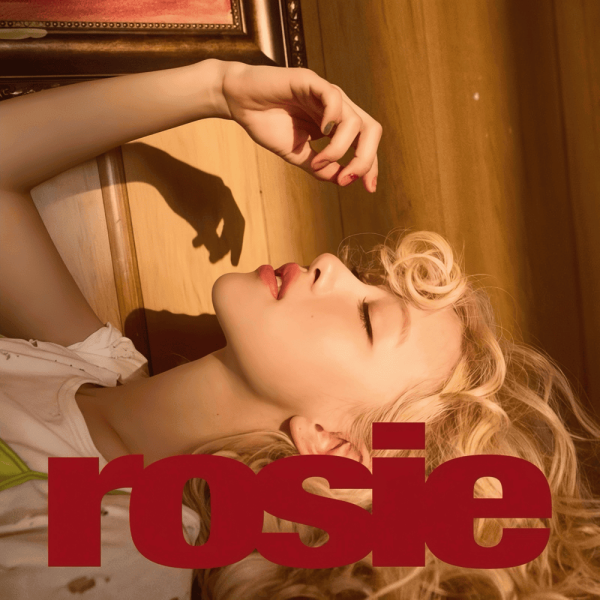Mowgli: Legend of the Jungle
A Gruesome Take on a Family Favorite
Rohan Chand stands atop a cliff in Mowgli: Legend of the Jungle (2018).
All my life I was surrounded by Disney movies, the tales of princesses finding true love and animals going on remarkable adventures. I never expected to see a gruesome version of one of the most iconic animations of all time.
Mowgli: Legend of the Jungle directed by Andy Serkis, released Dec. 7 on Netflix takes a spin on the famous compilation of stories, The Jungle Book, written in 1894 by Rudyard Kipling. Disney’s version of The Jungle Book, arguably the most famous retelling, was originally released in 1967 and has been popular ever since.
In all remakes of the story, Mowgli is a young boy whose parents were murdered by a ferocious tiger, Shere Khan, the antagonist of the story. Disney’s interpretation of The Jungle Book follows Mowgli throughout his journey of growing up in a wolf pack and his constant battle of defining the line between man and the wild. Similar to Disney, Serkis zooms in on the struggle of being accepted into the wolf pack and having to later adjust to living life outside the jungle.
In the Disney version, Baloo is kind-hearted, singing bear depicted as a calm character while Bagheera, the panther, is shown as a more serious and over-protective character. Growing up, I would dance around my house screaming the lyrics, “Look for the bare necessities, the simple bare necessities.” In Serkis’ spin, Baloo teaches the wolf cubs, and Mowgli, the laws of the jungle and how to survive. In a private lesson between Baloo and Mowgli, Baloo is depicted as a much more serious, almost concerned parent like character. It almost seems as though Bagheera and Baloo’s personalities were switched with one another.
This presents the issues with connecting the original Disney film to Netflix’s version. The stories are presented in such a different way, it makes it hard to compare them.
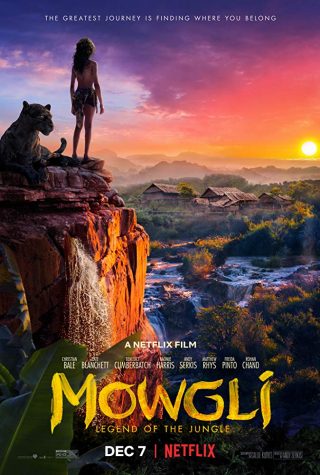
Anyone who has seen the animated version of The Jungle Book understands that the movie is designed for children, it is lighthearted and filled with catchy tunes. Throughout Mowgli, I was astonished by the amount of fighting and gore. Even though the film is rated PG-13, I did not expect it to take such a harsh twist of the original movie. Mowgli would be terrifying to most young children because of the aggressive fighting between Shere Khan and the protagonist.
I was the most disturbed two scenes in the movie, one being the scene where Shere Khan approaches passed out Mowgli and slowly uses his realistic claws to slice a long gash in Mowgli’s arm allowing blood to gush out. This violent act is obviously not appropriate for children and was honestly scary for even a teenager. The second gruesome scene occurs after Mowgli is in the village staying with a game hunter. Mowgli discovers his only friend, Bhoot, was decapitated, his head stuffed on display in the man’s house. I was shocked when I saw this because I never thought such a sweet movie could turn into a dark version where loveable characters die.
The biggest issue with Mowgli: Legend of the Jungle is that the demographic it applies to is so confusing. Because of all the gruesome and violent details, this movie would not be suitable for younger children, most adults would not find an animated film as such as interesting and there is not enough enticing drama to draw in teenagers. Ultimately, I was disappointed with the way that Serkis approached this frightful version of such a wholesome story.
Mowgli: Legend of the Jungle has outstanding animation and acting. Rohan Chand who plays Mowgli, draws the viewer in, allowing one to experience the emotions that Mowgli is feeling. Throughout the movie, the viewer could also see the emotions on the animal’s faces. Although they have some animated features, the main characters of the film, the animals, are all animated and laid out on the screen as very realistic creatures. The viewers can see the emotions on the animals’ faces as though they were humans, making it easier to connect to them.
One of the big ideas presented in the film is being different. While Mowgli is a part of the wolf pack, he becomes best friends with an albino wolf named Bhoot. Because Bhoot is albino and Mowgli is not actually a wolf, both are made fun of by the other wolves. Later in the movie, Mowgli and Bhoot experience a very emotional scene where Mowgli yells at Bhoot explaining that they are different and are the opposite of “special.” Although not wolves, most viewers have experienced some sort of hatred in their lives and this is a very relatable scene which further develops the characters.
All of this said, Mowgli: Legend of the Jungle takes an interesting, more adult, spin on Mowgli’s story and should be praised for its flawless integration of animation and realistic aspects of the film. But the horrendous approach of violence in the movie was appalling.
A $50 or more donation includes a subscription to the Clayton High School Globe 2024-2025 print news magazine.
We will mail a copy of our issues to the recipients of your choice.
Your donation helps preserve the tangible experience of print journalism, ensuring that student voices reach our community and that student democracy thrives.
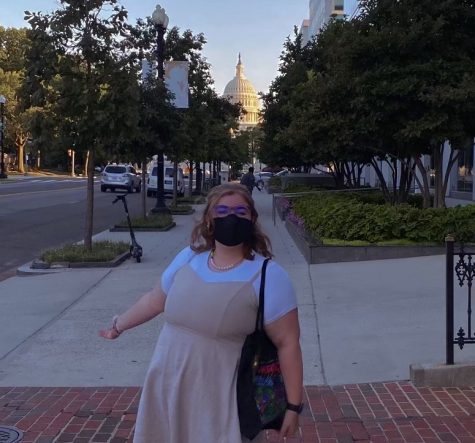
Ella Cuneo is a senior at CHS and this is her fourth year on the Globe! She is one of the editors-in-chief.


